The periphery of our solar system encompasses a peculiar domain called the Oort Cloud. Could this region serve as a covert sanctuary for an unidentified extraterrestrial planet?
Recent scientific investigations propose that this supposition might hold merit. However, what prompts scientists to explore this notion? Which historical occurrences and scientific principles underpin this fresh conjecture?
The Hunt for Planet X
In the early 1900s, Percival Lowell initiated a quest to find a new planet, which he termed "Planet X," located beyond Neptune. Being a devoted astronomer, Lowell observed peculiar patterns in the orbital paths of Neptune and Uranus.
He firmly believed that these irregularities could only be accounted for by the gravitational influence of an unseen planet. The pursuit of uncovering this elusive Planet X became a central focus of Lowell's astronomical endeavors.
Following Lowell's demise, his efforts finally bore fruit in 1930. The identification of Pluto, a distant celestial body within our solar system, marked a triumph for Lowell's hypothesis.
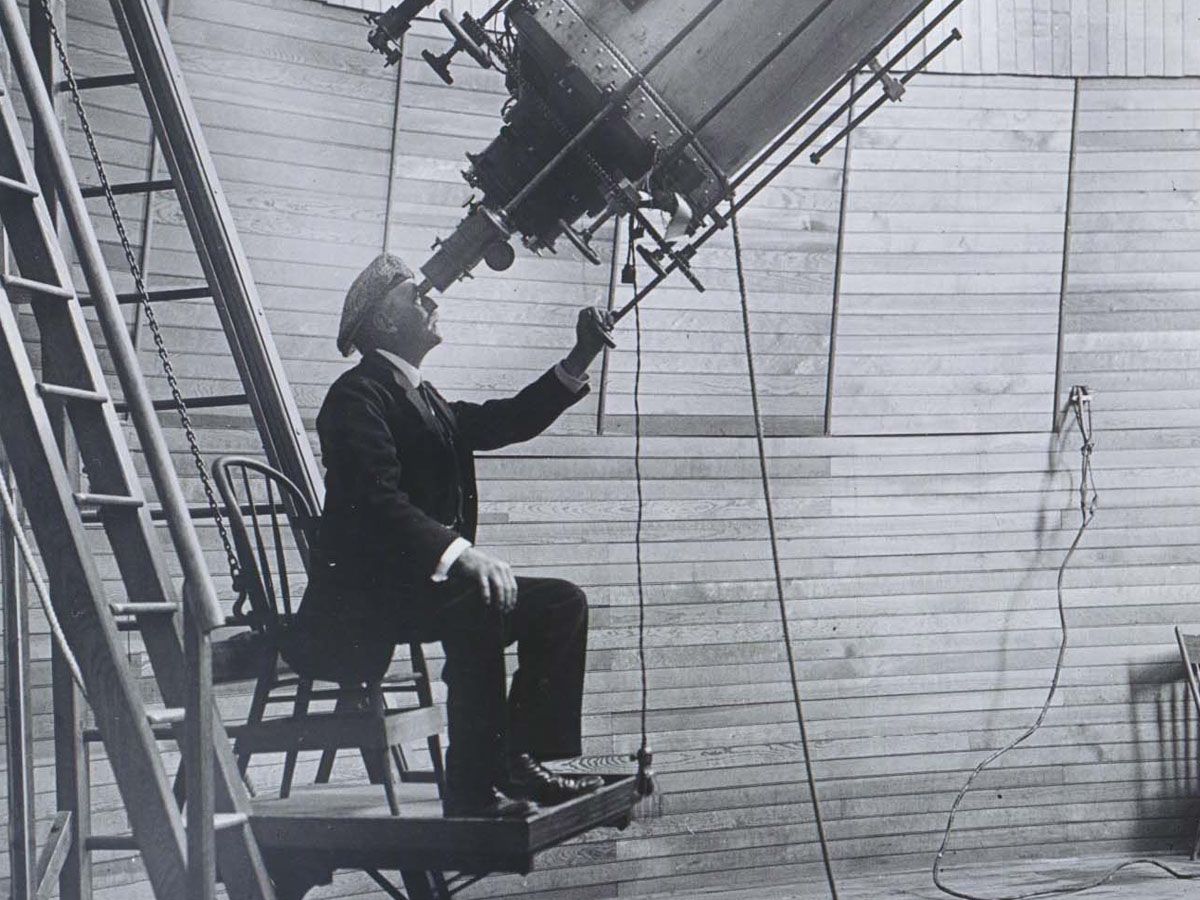
However, it soon became apparent that Pluto was too diminutive to match Lowell's vision of Planet X. The enigma surrounding the peculiarities in the orbits persisted.
The scientific community, despite the initial enthusiasm surrounding the discovery of Pluto, eventually determined that it lacked sufficient mass to induce the observed disturbances in the paths of Uranus and Neptune
Consequently, the existence of Lowell's proposed Planet X, a substantial planet positioned beyond Neptune, came under scrutiny.
As technological advancements unfolded and our understanding of the solar system deepened, it became evident that the irregularities noted by Lowell resulted from miscalculations.
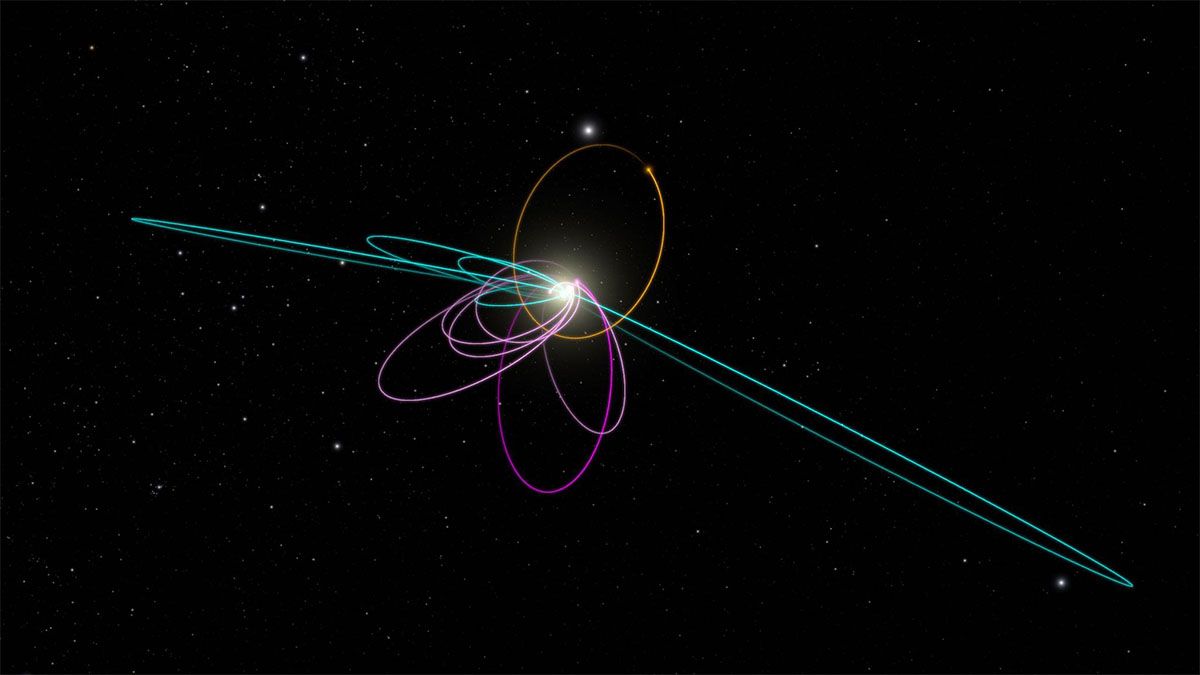
Contemporary measurements demonstrated that Uranus and Neptune were precisely positioned in relation to the known gravitational influences in our solar system.
Consequently, the Planet X hypothesis, once a driving force in the field of astronomy, lost credibility. The search for Planet X encountered an apparent impasse.
Nevertheless, the inquisitiveness of astronomers remained unyielding. Might there be other undiscovered worlds concealed within the unexplored realms of our solar system?
The Oort Cloud: A Potential Cosmic Hideaway
The Oort Cloud, named after Jan Oort who first proposed its existence, is a hypothetical region lying far beyond the planets in our solar system.
Existing at a staggering distance of several trillion miles from the Sun, this colossal cloud is thought to be a spherical shell enveloping our solar system. It's theorized to be the origin of long-period comets that journey into the inner regions of our solar system.
According to NASA, the Oort Cloud may house billions, if not trillions, of icy objects. These ice-cold bodies are believed to be leftovers from when our solar system was formed, remnants of a bygone era suspended in the icy stillness of deep space.
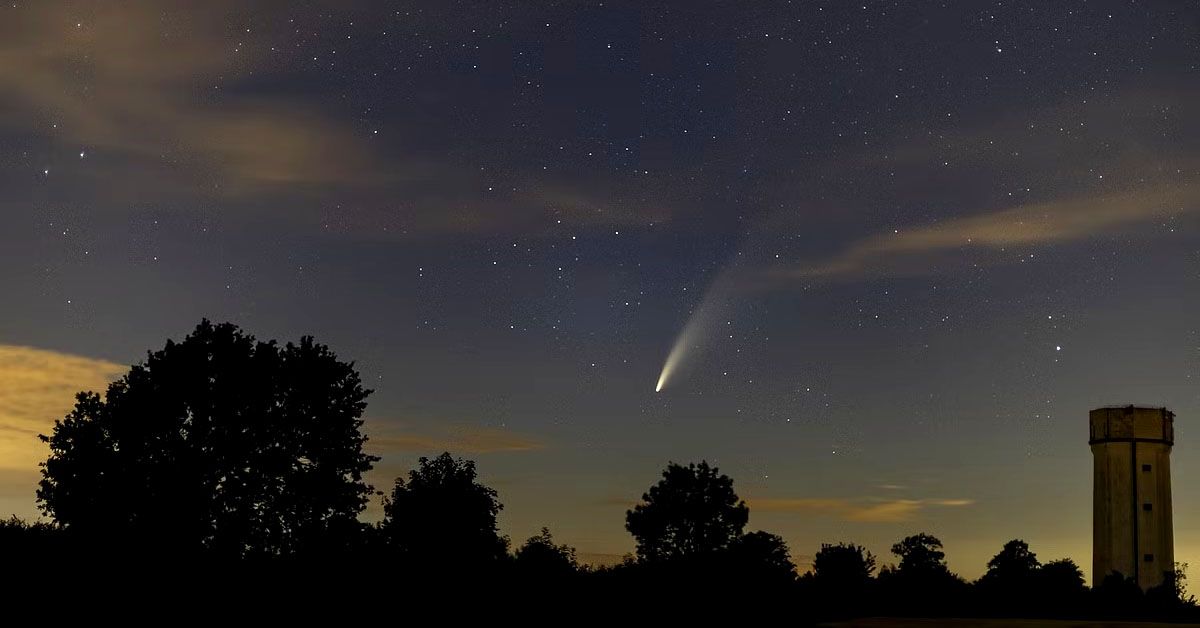
Roughly 4.5 billion years ago, our solar system was just a swirling mass of gas and debris. As gravity worked its magic, pulling particles together, more massive bodies, like our Sun and the planets, began to take shape.
But not all materials were drawn into these forming celestial bodies. Some debris, particularly those on the outer edges, were flung outward, possibly finding their way into what we now call the Oort Cloud.
The role of gravity in this early cosmic dance was pivotal. Some substantial pieces of debris might have had enough speed to escape the Sun's gravitational pull entirely, forever banished into the solar system's outermost regions.
Are there significant bodies hidden in the farthest reaches of the Oort Cloud, waiting to be discovered? As scientists continue to study this fascinating region, they are coming across some tantalizing possibilities.
The Chance of Neptune-like Rogue Planets
The concept of "rogue planets" - planets not bound by any star's gravity - is not new to astronomers. We have seen them in distant solar systems, wandering the cosmos without a star to call home.
But could one exist in our own backyard, nestled within the confines of the Oort Cloud?
According to recent simulations conducted by a team of international researchers, the possibility may not be as unlikely as it appears. Their findings indicate a 0.5% probability that a rogue planet could have originated within our solar system and subsequently found its way into the Oort Cloud.
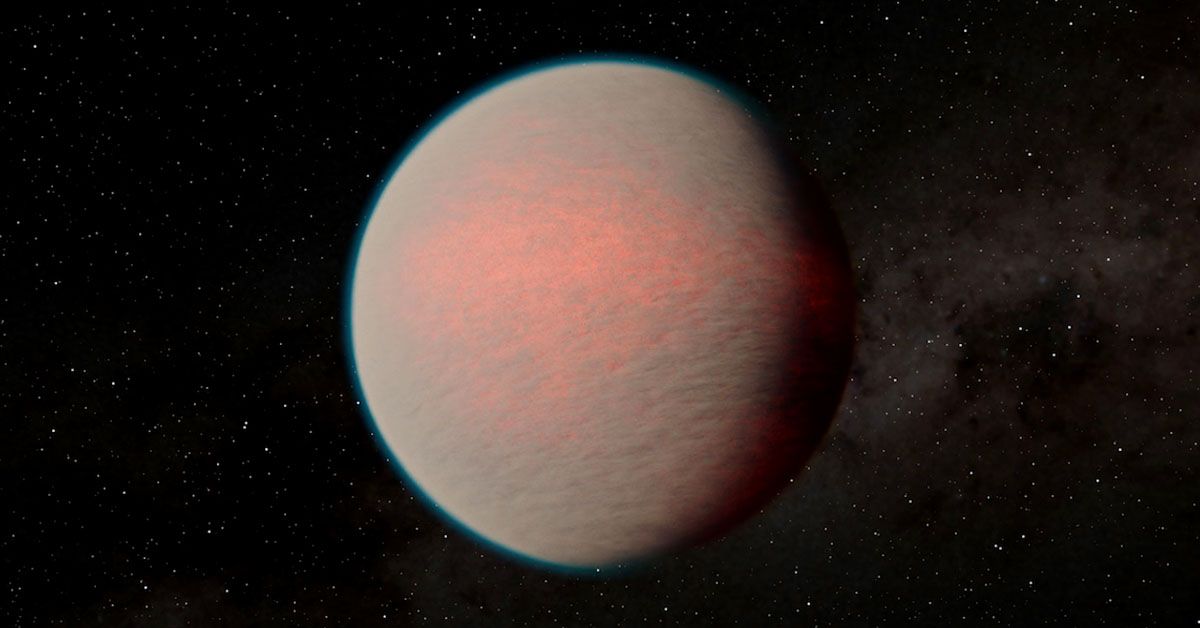
While the likelihood remains low, the potential identification of such a celestial body holds immense significance, as it has the capacity to completely transform our comprehension of the solar system and its past.
There's another, slightly more probable scenario to consider. The same research team suggests a 7% chance that a Neptune-like planet from another solar system might have been captured by the Sun's gravity. The planet could have eventually settled in the Oort Cloud if this happened.
This interesting scenario resonates with Percival Lowell's vision of Planet X. Yet, unlike Lowell's Planet X, this captured planet would be too distant to impact Neptune's orbit significantly.
The Predominant Theory: A Cloud of Icy Objects
However, the notion that the Oort Cloud is a cosmic reservoir of early solar system materials, a frozen graveyard of icy bodies, fits best with our current understanding.
The Oort Cloud is, quite likely, a snapshot of our solar system's past, an icy relic telling tales of the time when the planets were just beginning to form.
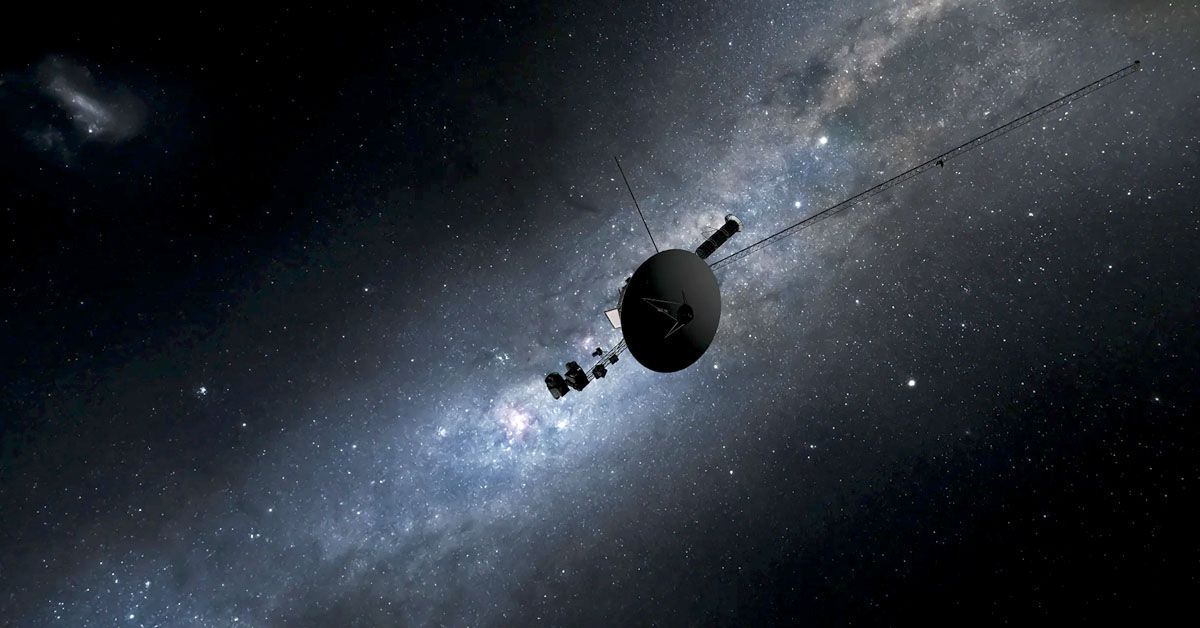
Yet, as with all scientific theories, our understanding might change as technology improves and more data becomes available.
The Oort Cloud remains one of the final frontiers in our exploration of the solar system, a beacon of mysteries waiting to be unraveled.
Sources: livescience.com













